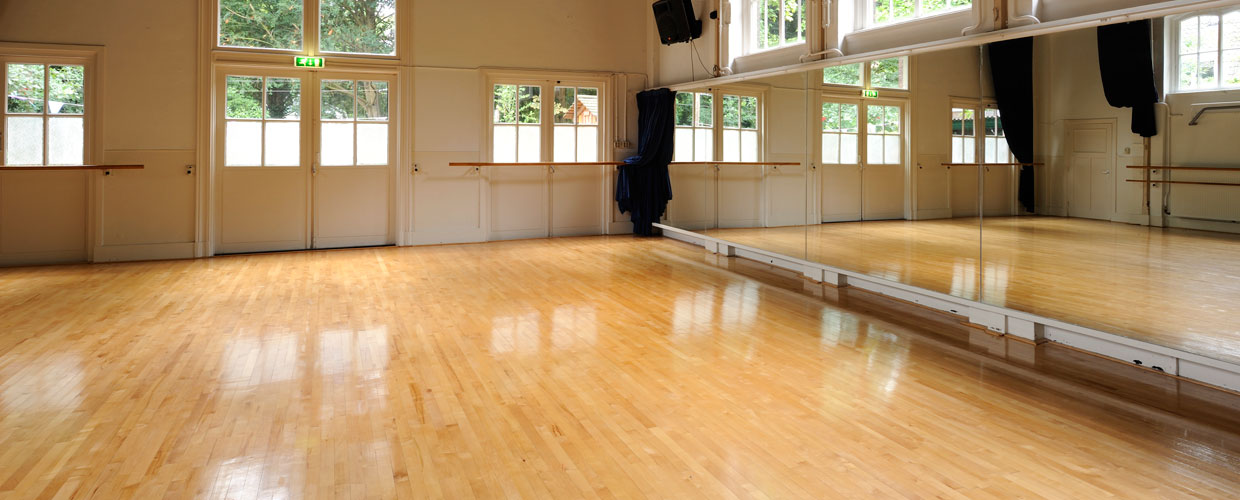
Moisture plays a critical part in the health of dance surfaces, especially those made from wood. When moisture ranges are high, wooden floors can take in moisture, leading to distortion and bending. Conversely, low humidity can lead timber to dry out and crack. Performance surface owners should monitor moisture conditions and consider using dehumidifiers or moisture regulators as required to preserve a stable environment. Adequate airflow is also essential because it helps control moisture conditions. Ensuring that the space has sufficient circulation can extend the life of the dance floor.
Climate is another important element affecting the longevity of dance surfaces. High heat can cause flooring components to swell, while low climates can lead to contraction. Dance surfaces need to be kept at a stable climate to prevent damage. Additionally, when dance floors are subjected to direct UV rays for extended durations, they may lose color or become discolored. Installing window treatments or placing safeguarding barriers when the area is not in use can help shielding the dance surface from damaging sun exposure and climate changes.
Pedestrian activity is an unavoidable part of any performance surface’s life cycle. The nature and frequency of usage directly impact deterioration on the flooring. High-traffic sections are more likely to display signs of wear such as marks, scratches, or indentations. To reduce this problem, it is wise for facility managers to rotate functions or assign specific zones for various uses. Using protective mats in front of entrances can also reduce dust and particles being tracked onto the performance surface, which accelerates wear.
Regular upkeep is essential for preserving performance floors across different environments. This involves regular sanitizing to remove dust and debris that can scratch surfaces, as well as using the appropriate finish or sealant to protect against spills and marks. A properly cared-for dance surface not only looks improved but also provides a more secure space for performers by reducing falls and accidents. Establishing a maintenance plan that includes evaluations and repairs will assist in guaranteeing that any problems are addressed promptly before they worsen.
In summary, surrounding factors such as moisture levels, temperature, foot traffic, and upkeep methods directly affect the lifespan see this site of dance floors in different environments. By recognizing these elements and click here for info implementing proactive measures, venue operators can extend the durability of their dance floors. This not only ensures a greater longevity for the flooring material but also promotes a safer and better space for all who utilize it.